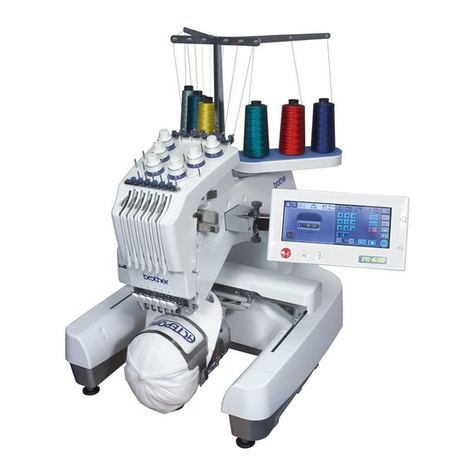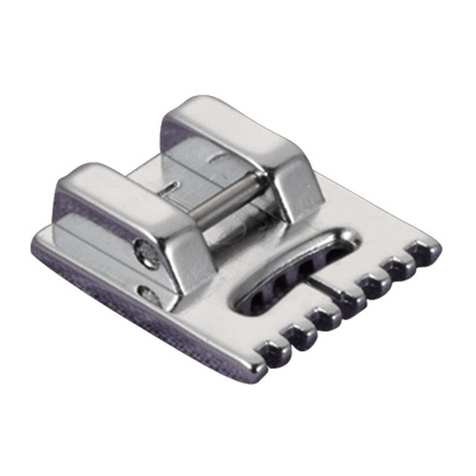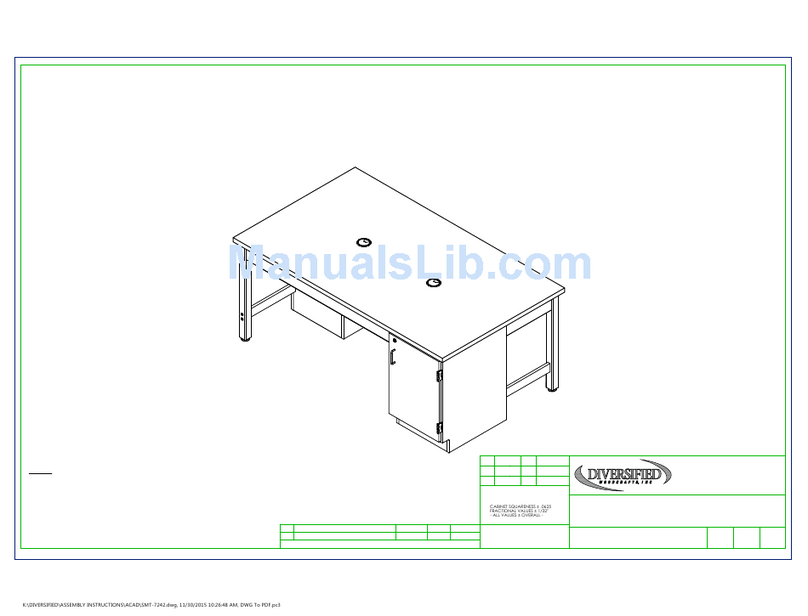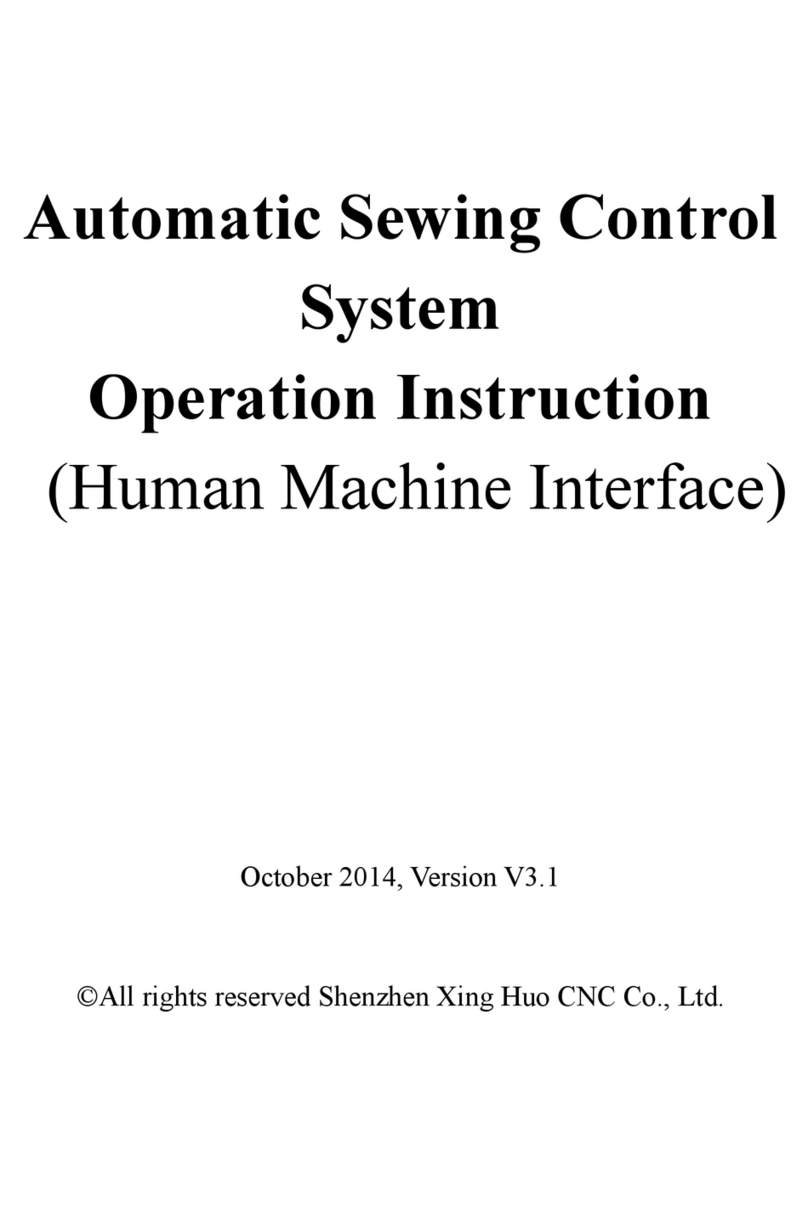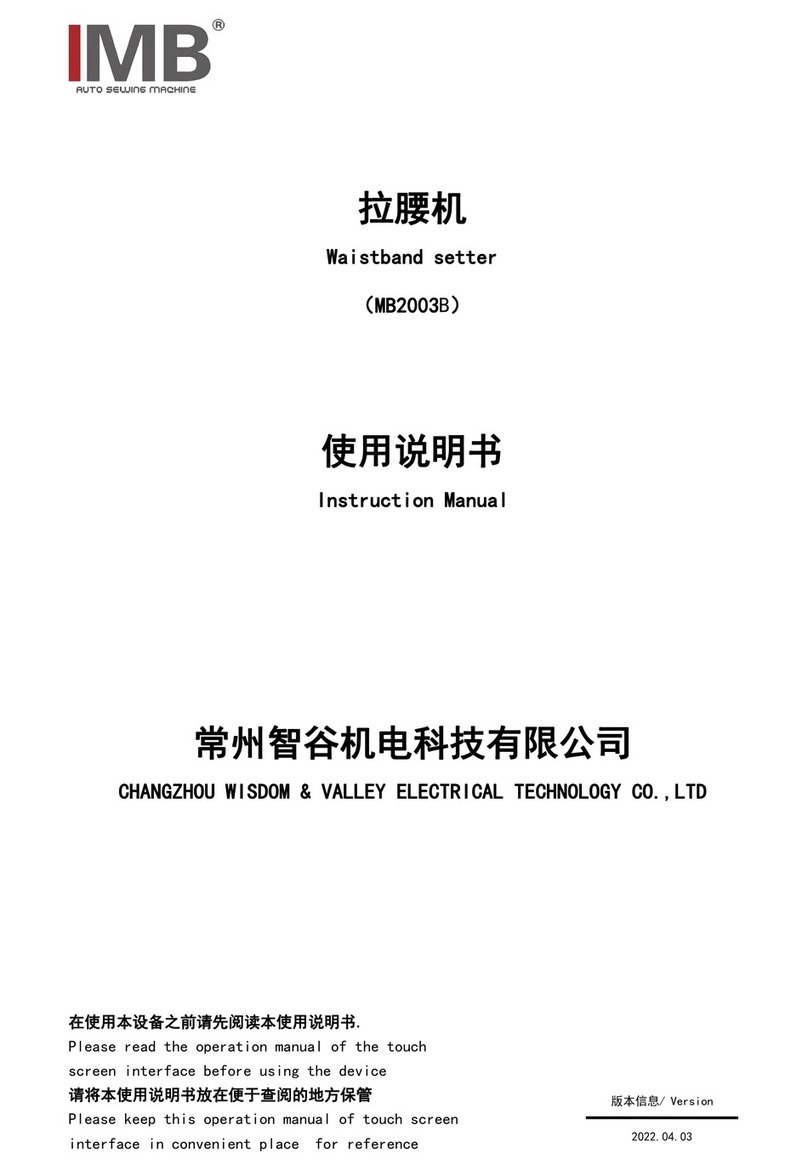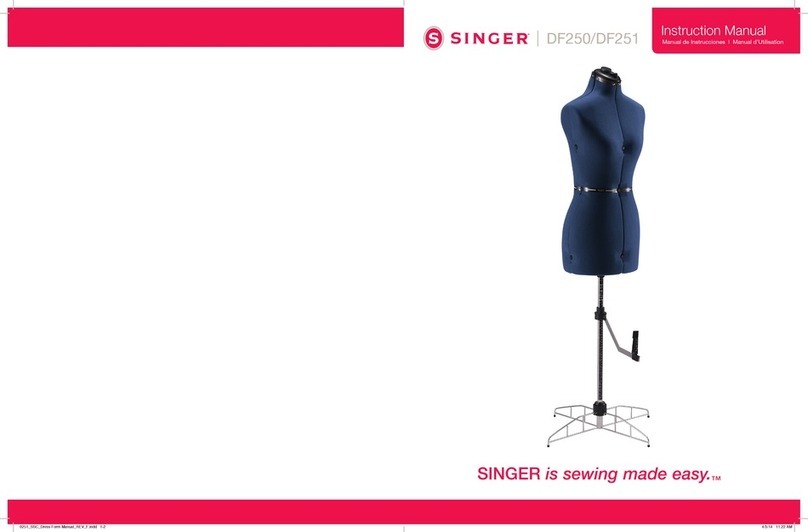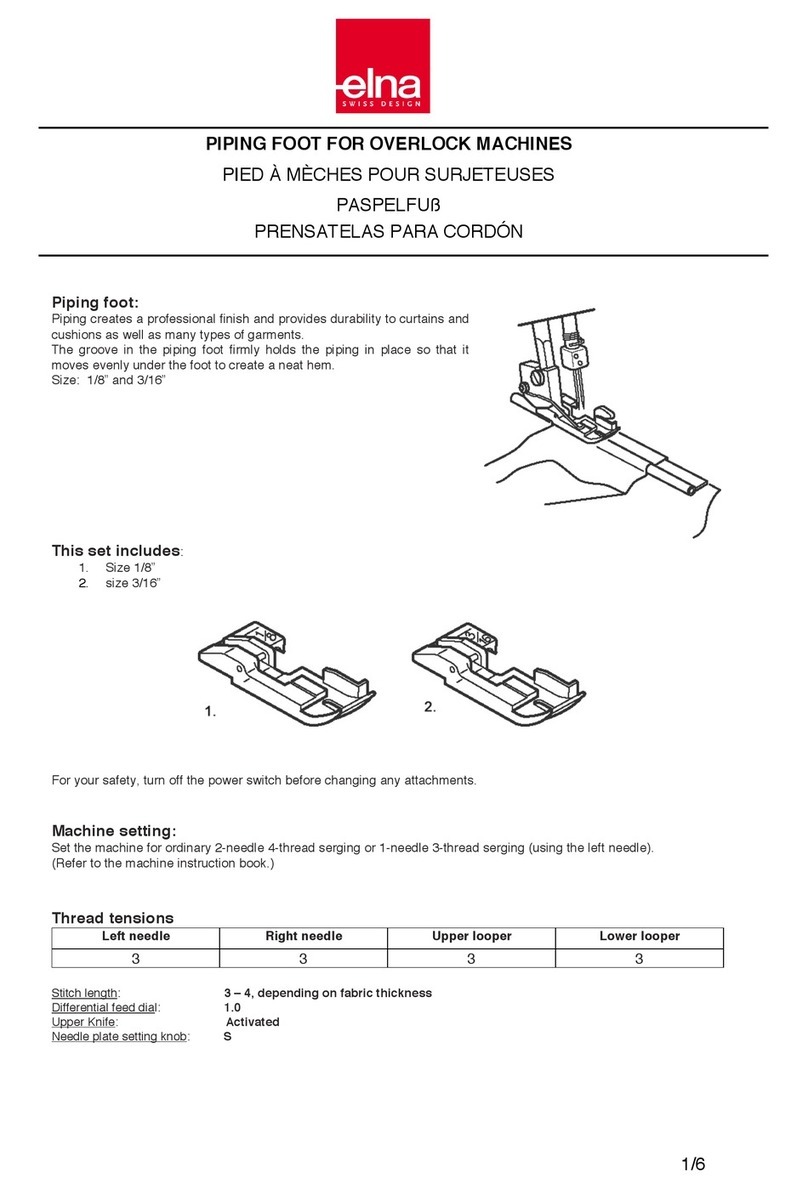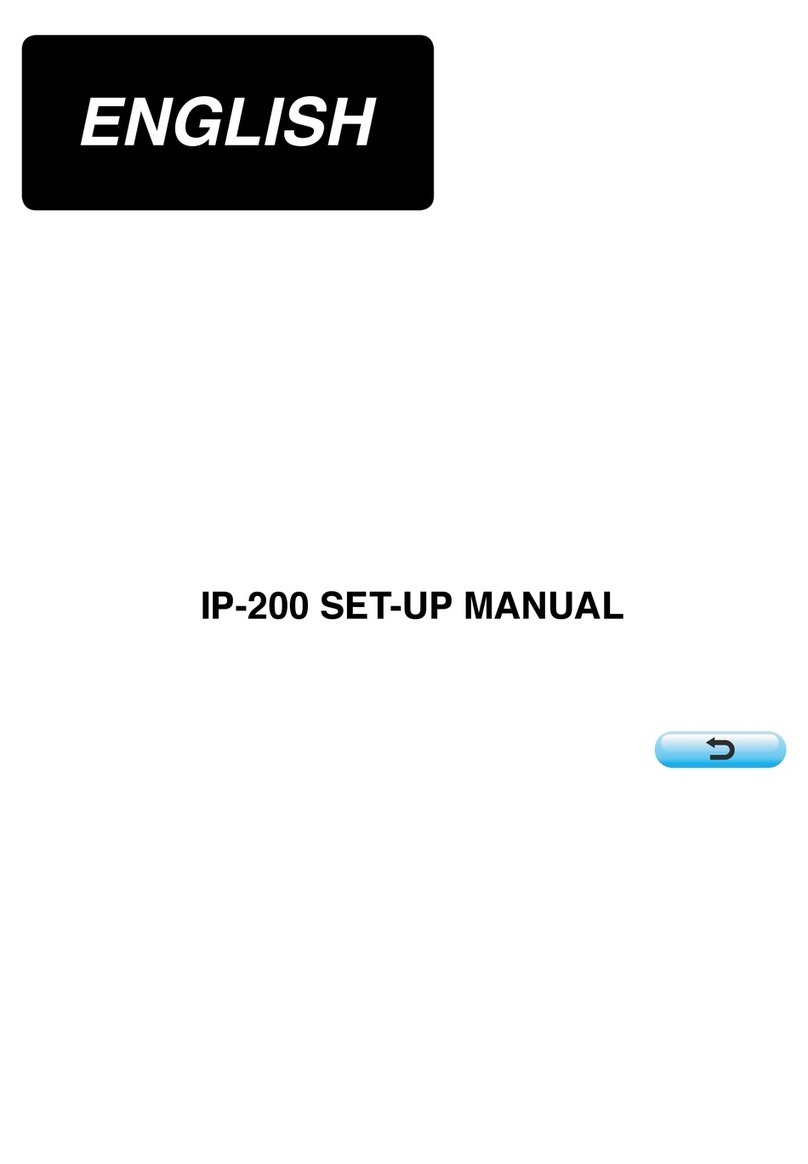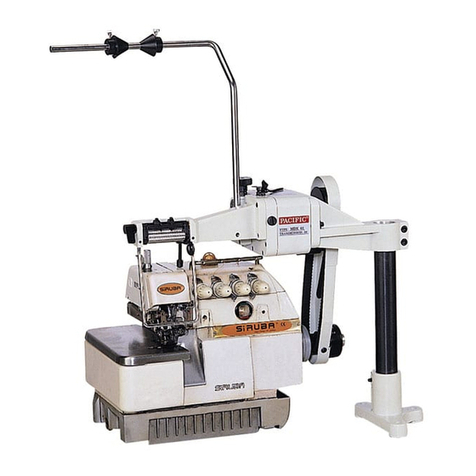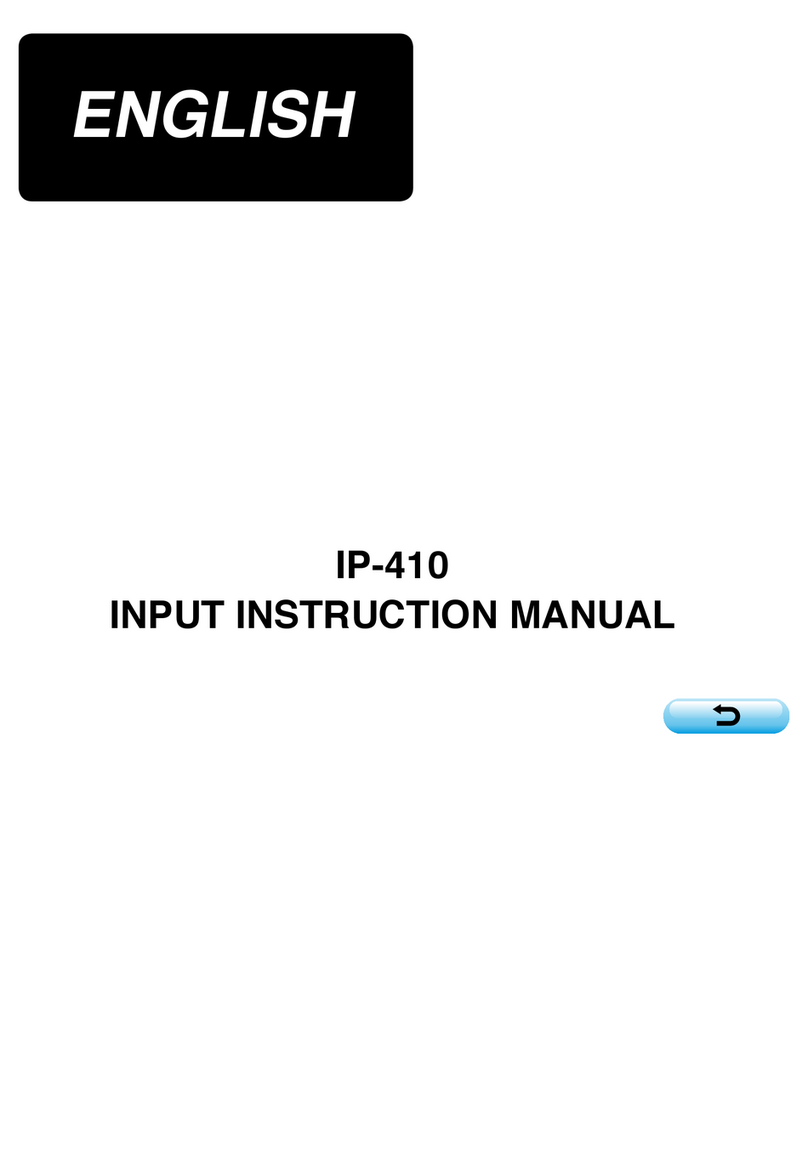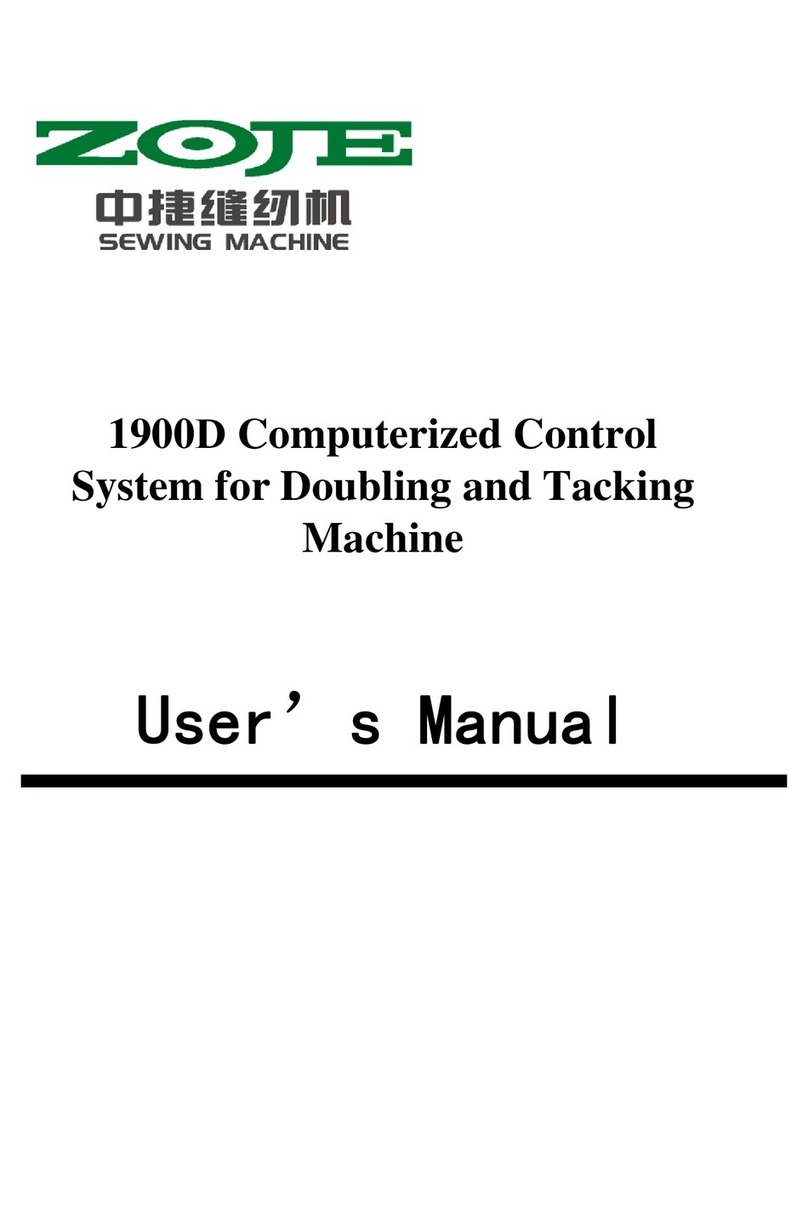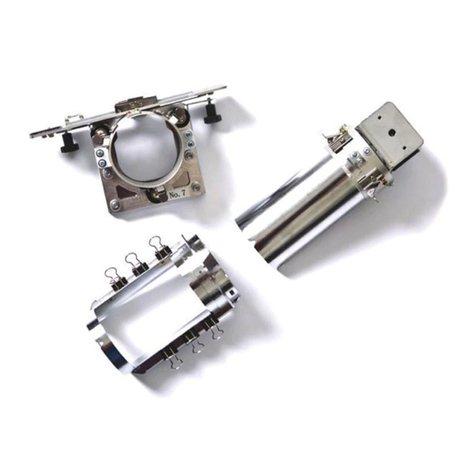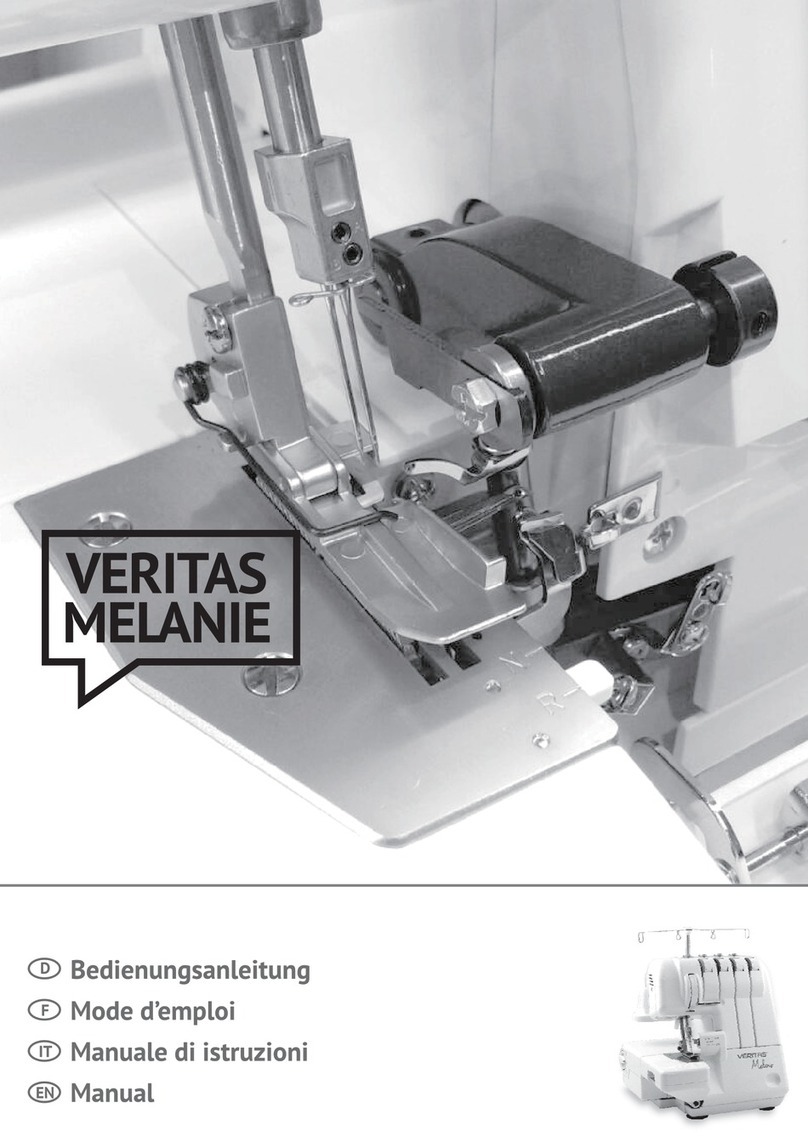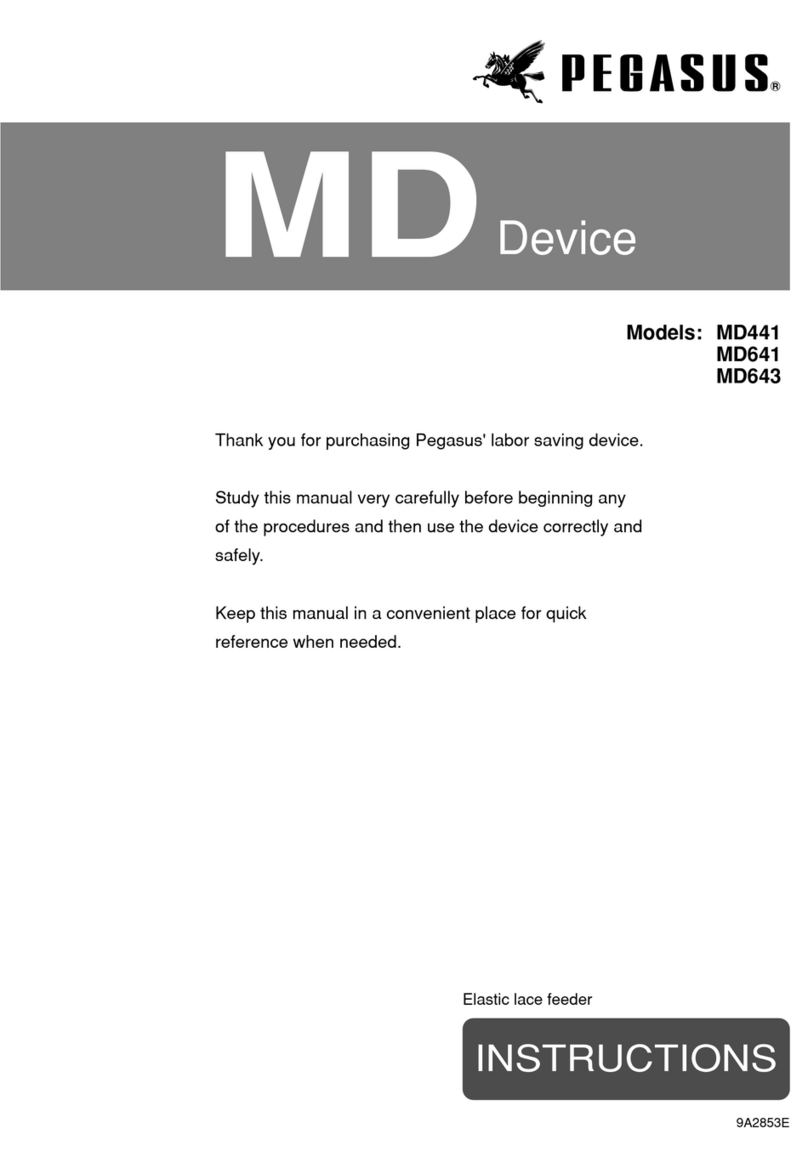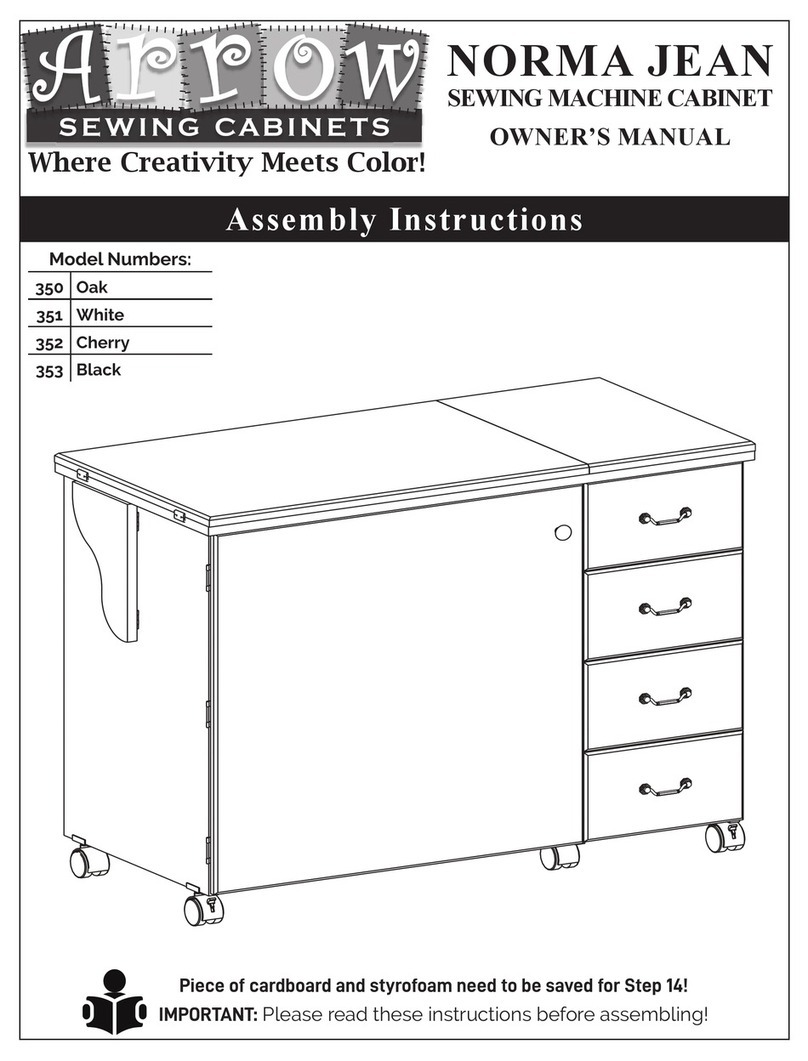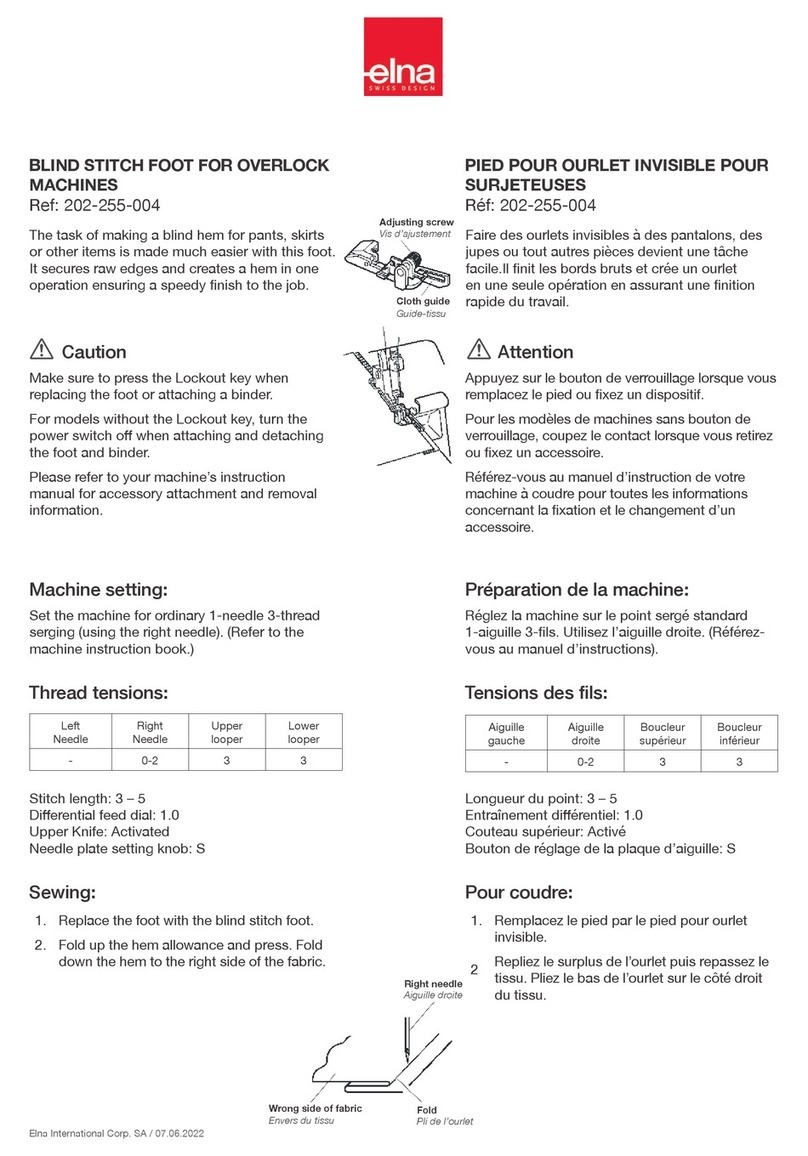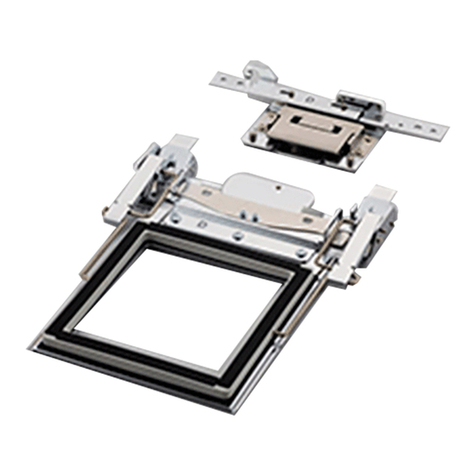Empisal Knitmaster SC-3 User manual

Instruction book for
automatic linker
SC-3
Livret d'instructions
pour l'assembleuse
SC-3
automatique

1
LES NOMS DES PIÈCES ET LEUR FONCTION - NAMES OF PARTS AND THEIR FUNCTION................................................................... 2
PRATIQUE - PRACTICE ....................................................................................................................................................................... 3
QUE FAIRE SI - CHECK POINTS ........................................................................................................................................................... 8
SI L’ASSEMBLEUSE S'EST BLOQUÉ - IF THE LINKER HAS JAMMED................................................................................................... 11
PREPARATIONS POUR ASSEMBLER DES PIECES TRICOTEES - JOINING TWO FABRICS..................................................................... 13
COMMENT UNE MAILLE EST LIÉ - HOW A STITCH IS LINKED .......................................................................................................... 17
FICHE DE CONTRÔLE DU CLIENT - CUSTOMER'S CHECK SHEET ...................................................................................................... 18
L’assembleuse automatique, en combinaison
avec le tricoteur, est utilisée pour les opérations
suivantes :
1. Pour rabattre les mailles au dernier rang
2. Pour joindre des pièces tricotées
(A) Épaule avant à épaule arrière
(B) Bande de cou au bord du cou
(C) Lisières à l'avant
(D) Lisières de côté avant et arrière
IMPORTANT:
L’assembleuse automatique :
SC-1 est exclusif aux modèles 321 -->328 et 500.
SC-3 est pour les modèles 360 et 260.
Également SK-280
SC-7 est pour le modèle MK-70.
Automatic Linker, in combination with the
Knitter, performs the following:
1. To cast off stitches on the last row
2. To join knitted pieces
(A) Front shoulder to back shoulder
(B) Neck band to neck edge
(C) Border to front
(D) Front and back side seams
IMPORTANT:
The Automatic Linkers:
SC-1 is exclusive to Models 321 -->328, and 500.
SC-3 is for Model 360 and 260.
Also SK-280
SC-7 is for Model MK-70.
A
B
A
C
D

2
PRÉCAUTIONS :
Avant d'utiliser l'assembleuse automatique......
Lire attentivement ce livret d’instructions, sinon vous risquer d'endommager
irrémédiablement l’assembleuse.
Retirer tous les accessoires détachables de la fonture s'ils étaient en cours
d'utilisation.
(Index de lisière de motifs (modèle SK360/260/280), cames de séparations,
index de séparations).
PRECAUTIONS:
Before using the Automatic Linker….
Read this Instruction Book very carefully, otherwise you may damage the Linker
irreparably.
Remove all the detachable accessories from the needle bed if they were in
use.
(Edge Pins (model SK360/260). Point Cams, Yarn Separators and Close Knit Bar.)
LES NOMS DES PIÈCES ET LEUR FONCTION
a. Pignon d’assemblage
Cet engrenage s'engrène dans la crémaillère
arrière de la fonture et fait avancer
l'assembleuse automatique au fur et à mesure
que la manivelle est tournée.
b. Bouton à pousser
Pousser sur le bouton à pousser (blanc/rouge)
à droite ou à gauche en appliquant une
pression latérale.
Le bouton blanc doit toujours être poussé si
on veut installer ou enlever l'assembleuse.
Si on pousse le bouton blanc (le bouton rouge
est visible) l'assembleuse n'est pas conjointe
avec la machine à tricoter, donc hors de
fonction.
Si on pousse le bouton rouge (le bouton blanc
est visible) l'assembleuse est conjointe avec la
machine à tricoter, donc en fonction.
c. Manivelle
Après chaque tour complet de la manivelle
dans le sens indiqué par la flèche, une maille
est automatiquement jointe avec la prochaine
maille.
d. Guide Tricot
Le tricot doit entrer dans le passage du guide-
tricot pour l'assemblage.
NAMES OF PARTS AND THEIR FUNCTION
a. Connection Gear
This gear meshes into the Rack of the
needle bed, and will advance the
Automatic Linker as the Crank Handle is
turned.
b. Slide Button
White button at the left end and Red
button at the right end.
Push in the White Button before setting
the Linker on the needle bed.
Push in the Red Button to enable the
Connection Gear to mesh into the Rack
of the needle bed.
c. Crank Handle
One complete turn of the Crank Handle
in the direction indicated by the arrow
mark will link one stitch with the
adjacent stitch.
d. Fabric Holder
The fabric must enter into the
passageway of the Fabric Holder for
linking
d
b
a
c

3
PRATIQUE
(Rabattre les mailles du dernier rang)
1. Tricoter 1 rang de droite à gauche avec le
cadran de point à 10, Ceci facilitera la
fermeture des mailles. (ill. A)
(Si un fil épais est utilisé pour le tricot principal,
tricoter les rangs à joindre avec un fil moyen)
2. Couper le fil en laissant une longueur d'environ
10 cm. du bord du tissu. (ill. B)
3. Montage de l'assembleuse automatique sur la
fonture :
Appuyer sur le bout blanc du bouton à
pousser (a) (le bouton rouge est visible).
La manivelle (b) doit être réglée sur le
repère «». (ill. C)
PRACTICE
(Casting off stitches on the last row)
1. Knit 1 row from right to left with Stitch
dial 10, so stitches become easy to cast off.
(Fig. A)
(lf thick yarn is used for the main knitting,
knit the joining rows using medium yarn)
2. Cut the yarn leaving a length of approx.
10cm. from the edge of the fabric. (Fig. B)
3. Setting the Linker on the needle bed:
Press in the white end of the Slide
Button (a).
The Crank Handle (b) must be set at
«» mark. (Fig. C)
a
c
10 cm
A
4
4
4
A
b
a
B
C

4
Déposer l’assembleuse du côté droit du
tissu. (ill. D)
Enclencher la patte (c) avec la glissière
avant (b).
Incliner l’assembleuse vers l'arrière pour
monter le guide du chariot (d) sur la
barre de la glissière (f), tout en le
poussant vers l'arrière.
Glisser avec précaution l’assembleuse sur la
fonture pour vérifier qu'elle se déplace
librement et qu'elle est bien positionnée.
Set the Linker at the right side of the fabric.
(Fig. D)
Engage the Slider (c) with the Front
Rail (b).
Slant Back the Linker to fit the Carriage
Guide (d) on the Rail Bar (f), while push-
ing it backward.
Try sliding the Linker on the needle bed to
ensure that it moves freely and is set cor-
rectly.
D
d
c
c
d
e
f
g
b
d
D
c
g
f
g
d
c
e
